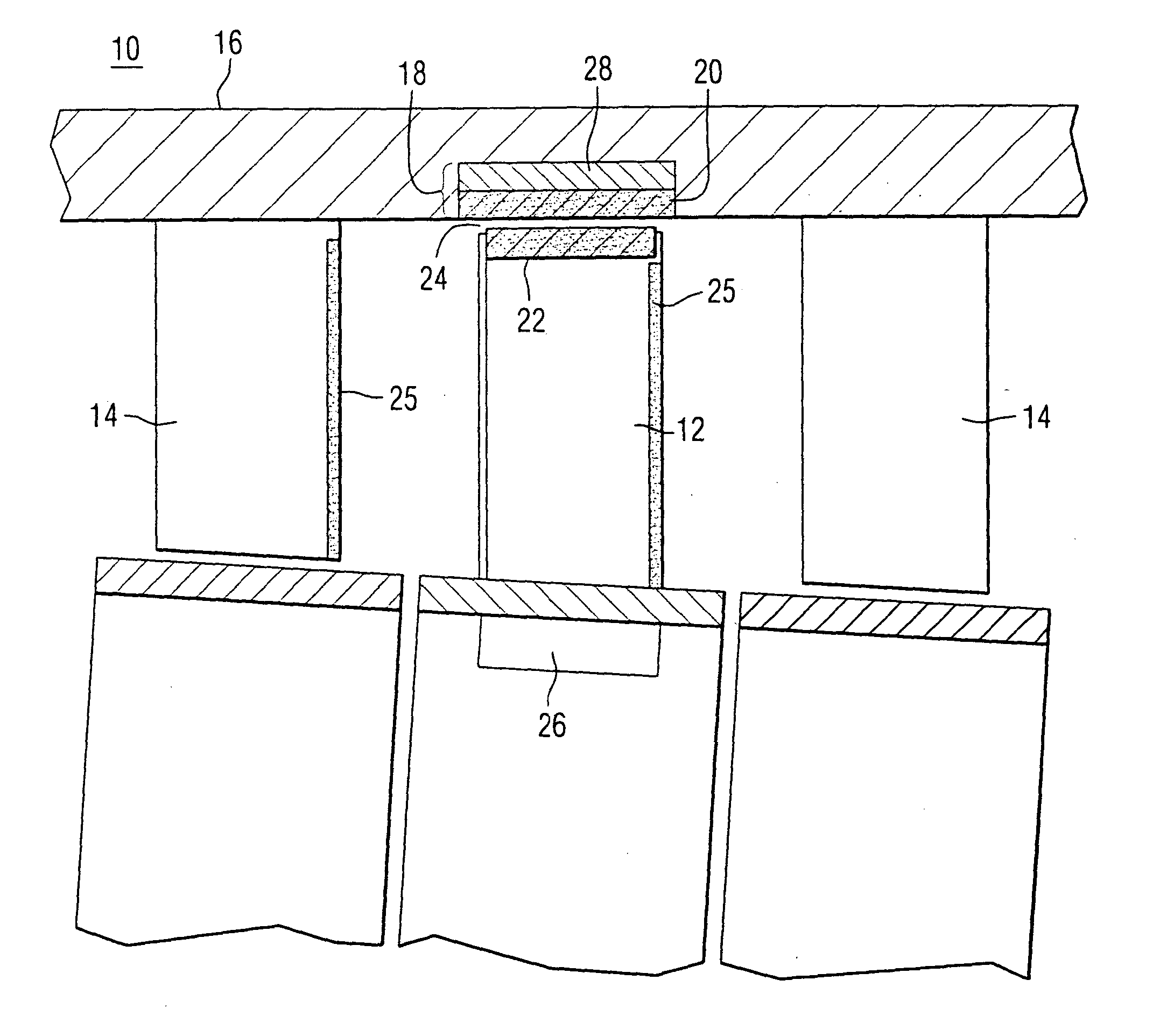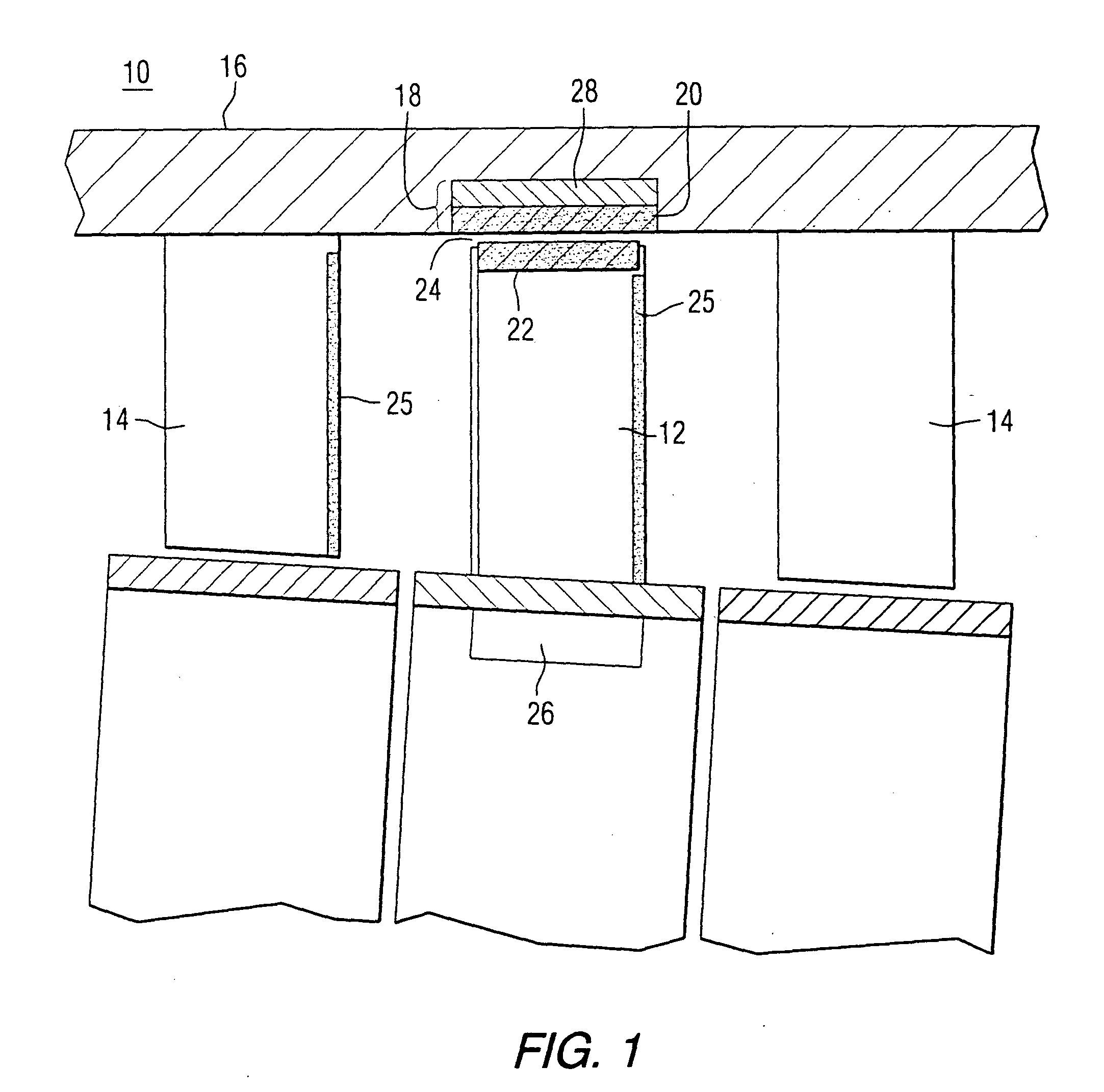High temperature erosion resistant coating and material containing compacted hollow geometric shapes
a hollow geometric shape, high temperature technology, applied in the direction of blade accessories, climate sustainability, machines/engines, etc., can solve the problems of non-spherical pores which are not thermally stable, no of these coatings or seal structures have optimized abradability with erosion resistance and insulating capability,
- Summary
- Abstract
- Description
- Claims
- Application Information
AI Technical Summary
Benefits of technology
Problems solved by technology
Method used
Image
Examples
Embodiment Construction
[0052] FIG. 6 illustrates the unique erosion properties offered by the composite coating system described herein. The erosion resistance for a preferred embodiment of the present invention is compared to literature data for similar ceramic material systems. The materials compared are as follows: Curve 1 is a generic erosion model derived for homogeneous ceramic materials with varying degrees of porosity. It is based on a mechanistic model of cracking in ceramics. The parameters used in this model (impacting particle size and velocity and erosion target material properties) are representative of the erosion testing for each sample evaluated. Since the wear rates are normalized for each sample (compared to fully dense versions of the same material), this allows comparison of materials tested under different conditions. Samples 1 and 3 were tested under identical conditions (using 100 micrometer alumina particles at 900 ft / sec velocity, impacting at 15.degree. angle).
[0053] Sample 1 wa...
PUM
| Property | Measurement | Unit |
|---|---|---|
| thickness | aaaaa | aaaaa |
| temperatures | aaaaa | aaaaa |
| thickness | aaaaa | aaaaa |
Abstract
Description
Claims
Application Information
 Login to View More
Login to View More - R&D
- Intellectual Property
- Life Sciences
- Materials
- Tech Scout
- Unparalleled Data Quality
- Higher Quality Content
- 60% Fewer Hallucinations
Browse by: Latest US Patents, China's latest patents, Technical Efficacy Thesaurus, Application Domain, Technology Topic, Popular Technical Reports.
© 2025 PatSnap. All rights reserved.Legal|Privacy policy|Modern Slavery Act Transparency Statement|Sitemap|About US| Contact US: help@patsnap.com



